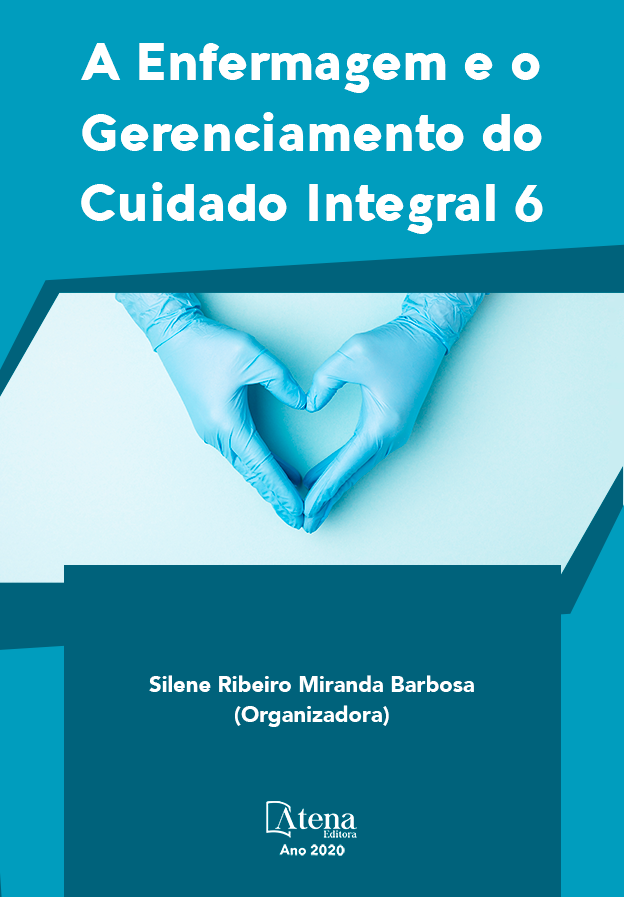
REANIMAÇÃO CARDIOPULMONAR DE ALTA QUALIDADE: UM ESTUDO BIBLIOGRÁFICO
A reanimação cardiopulmonar é um procedimento frequentemente realizado em ambiente pré-hospitalar e nas UPA´s. Protocolos como o da American Heart Association - AHA há anos vem frisando a necessidade da realização da RCP de alta qualidade. Este trabalho tem como objetivo: descrever os critérios preconizados pela American Heart Association para RCP de alta qualidade. Metodologia: trata-se de um estudo qualitativo e descritivo com análise documental. Resultados: A RCP de alta qualidade preconizada pela AHA envolve os conceitos de frequência, profundidade, minimização das interrupções durante as compressões, retorno total do tórax após cada compressão e evitar a hiperventilação. O posicionamento correto do atendente em relação à vítima também é fundamental para o sucesso da manobra. A vítima deve estar em uma superfície plana e rígida, se estiver sobre o colchão da maca, será necessária a instalação da placa rígida para reanimação no dorso da vítima. Considerações finais: Os atendentes devem se posicionar ao lado da vítima, manter um ângulo de 90º tendo como referência a linha dos seus ombros alinhada com o nariz da vítima, a compressão deve ser feita em uma frequência de 100 a 120 compressões por minuto, a profundidade, na vítima adulta, deve ser de no mínimo 5 cm e no máximo 6 cm, no ciclo de 2 minutos o ideal é que se comprima entre 1:16 a 1:36 minimizando as interrupções, e as ventilações que devem observar a correta abertura das vias aéreas e, o volume e a pressão no manuseio da BVM.
REANIMAÇÃO CARDIOPULMONAR DE ALTA QUALIDADE: UM ESTUDO BIBLIOGRÁFICO
-
DOI: 10.22533/at.ed.68320071219
-
Palavras-chave: Reanimação Cardiopulmonar. Doenças Cardiovasculares. Primeiros Socorros.
-
Keywords: Cardiopulmonary Resuscitation. Cardiovascular Diseases. First Aid
-
Abstract:
Cardiopulmonary resuscitation is a procedure often performed in the pre-hospital evironment and in UPA’s. Protocols such as that of the American Heart Association – AHA have been emphasizing the need for high-quality CPR for years. This work aims to: describe the criteria recommended by the American Heart Association for high quality CPR. Methodology: this is a qualitative and descriptive study with documentary analysis. Results: The high quality CPR recommended by AHA involves the concept of frequency, depht, minimization of interruptions during compressions, total return of the chest after each compression and avoiding hyperventilation. The correct positioning of the attendant in relation to the victim is also fundamental for the success of the maneuver. The victim must be on a flat and rigid surface, if it is on the stretcher mattress, it will be necessary to install the rigid plate for resuscitation on the victim’s back. Final considerations: Attendants shoud position themselves next to the victim, maintain a 90º angle with reference to the line of their shoulders aligned with the victim’s nose, compression should be done at a frequency of 100 to 120 compressions per minute, at depht, in the adult victim, shoud be al least 5 cm am the most 6 cm, in the 2 minute cycle the ideal is to compress between 1:16 to 1:36 minimizing interruptions, and the ventilations that must observe the correct openning of the airwais and the volume and pressure in the handling of the BVM.
-
Número de páginas: 14
- Sandra Conceição Ribeiro Chicharo
- Alex Coelho da Silva Duarte


